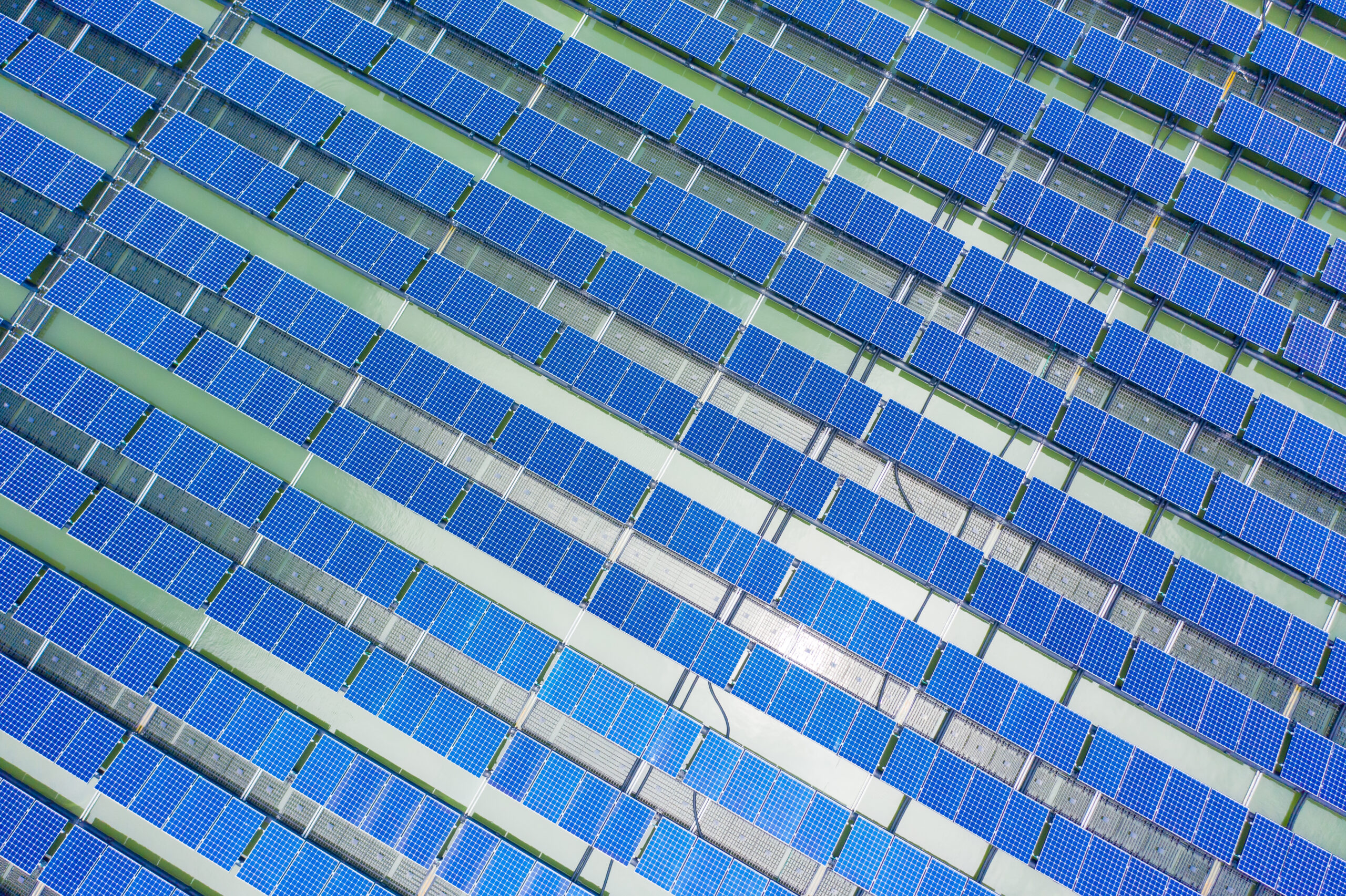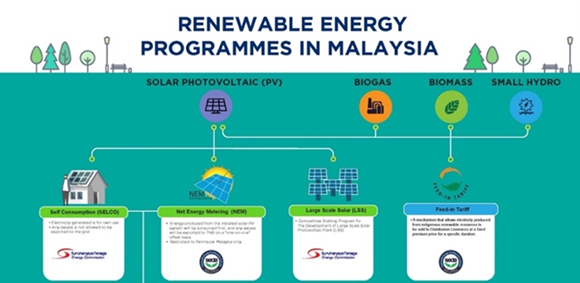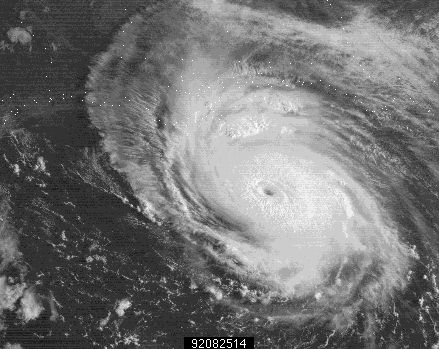Renewable energy landscape in Malaysia

Our Muhammad Afifi looks at the renewable energy (RE) landscape in Malaysia and its possible impact on insurance claims.
The 2011 Malaysian Renewable Energy Act is approaching its tenth-year anniversary. If celebrating a marriage, this milestone would be marked by tin, significant in its own right, as tin mining is Malaysia’s oldest export industry. Shuffling on a century or so our largest industry today, would bring us to the door of Petronas, Malaysia’s state-owned oil and gas giant, and not your traditional beacon of RE.
Providing 30% of government revenue, it has been Petronas that ‘fuelled’ Malaysia for nearly 50 years, and it is exciting to hear Petronas recently announce a drive to be a nett carbon zero company by 2050. Petronas’ transformation into the RE space is anticipated to fund directly or indirectly any governmental initiatives in the RE landscape, as either a financial funding tool, or a school of technical excellence in the engineering fields required.
As of 2020, Malaysia has RE capacity of 6.9% in its power network, with the government committed to increase this to 20% by 2025, but how can it achieve this?
Offshore wind
One of the go to generation technologies to support the RE revolution in the world today has been wind, and recently in particular offshore wind. With their historical activities, Petronas, like other Oil Companies, see offshore wind as a natural technical fit. Whilst coming in 29th spot on a global coastline scale with 4,675km, Malaysia looks a prime candidate for wind. Unfortunately, this abundance of coastline does not come with an abundance of wind. Malaysia’s mean wind speed is low, around 2 m/s, half of the minimum 4m/s turbines need to generate electricity, so strike 1, 2 and 3 for offshore wind.
Solar

Malaysia’s geography may not have helped the wind sector, but it’s geographical location does open solar options. The government has introduced incentives and programmes for solar development, with the primary programme thus far being Large Scale Solar (LSS – land and floating). Three programmes have been introduced so far, providing 1,634 MW, with a fourth adding a further 1,000 MW tabled in 2021.
Separate to purpose-built LSS, in 2016 the government introduced a Net Energy Metering (NEM) programme for industrial and residential consumers. NEM is a solar incentive that allows you to export excess energy produced to the electric grid. When your solar panels produce more electricity than you need, that energy is sent to the grid in exchange for credits. When your solar panels are not producing, you pull energy from the grid, using the credits to offset energy costs. To date, the government has offered a total of 1,000 MW of NEM quota.
So where does Petronas fit in?
So, with offshore wind off the table, where does Petronas fit in? In April 2020, Petronas set up a Gas and New Energy (GNE) division, comprising Liquefied Natural Gas, Gas and Power and New Energy businesses, so a new opening would appear to be in place for this transition.
Demonstrating its ambition to venture outside it’s traditional energy space, in 2013 Petronas completed their first solar project, generating 10 MW. They have increased their annual RE generation to a total of 14 MW, through four new solar energy projects. However, it now aims to have at least 3,000 MW of RE capacity by 2024, through this RE unit.
Furthermore, in 2019, Petronas cemented its position in the global RE sector with the acquisition of Amplus Energy Solutions Pte Ltd, which generates over 800+ MW, powering industrial customers across Middle East and Asia. This expertise will surely turn its attention homeward bound to support its new plans, and the winner of the upcoming LSS bid will be interesting to understand when completed, if not Petronas, by name.
At home Petronas recently expanded in the RE sector with their launch of a rooftop solar with M+, offering affordable and customer-centric solar energy (on-site rooftop solar, off-site solar, battery storage, hybrid, and advanced analytics energy monitoring) solutions.
Hydrogen
Further to the solar solutions, Petronas Hydrogen was established under GNE, providing a pure internal RE business to go beyond their hydrocarbon sources. Hydrogen is clean and a versatile energy carrier that can be used as fuel for power. Petronas venture into hydrogen builds upon their experience in extracting blue hydrogen from their existing facilities and as a LNG supplier.
Whilst the available sources of RE in Malaysia may appear limited in comparison to other countries, there is a deep-seated drive for this transition. We can see corporations and individuals implementing these transformation programmes, with the installation of RE generation resources on their facilities and residences.
Malaysia Sustainable Energy Development Authority (SEDA), a statutory body formed under the 2011 Act, website identifies the available RE programmes.

What does this Malaysia RE transition mean for support service industries, such as insurance?
Risks
Many governmental RE initiatives were only introduced over the last 12 months, leaving a build programme to achieve a 13% growth of 4 years (by 2025). This will be some feat, further compounded, by Petronas’s own internal desire to provide >3,000 MW capacity in 3 years (by 2024)!

With more initiatives and (small / medium / large scale) projects; the frequency and potential severity of insurance claims will invariably grow hand in hand with activity and the increased values at risk.
Based on our RE experience globally and locally, claims drivers seen in the build environment can be attributed to component vulnerability, defective design, workmanship (handling, installation, maintenance) and materials, along with potential extreme weather events (Tropical Malaysia), and the ever-present pressures on cost, time, quality and limited resources (competent / experienced contractors).
When examining the operational environment, the value pressures on both integrity of asset and on sustainable operation can also come into play, to maximise profit and reduced maintenance cycles.
Outlook
All the above may result in a higher frequency and potentially more severe claims. The increased RE market coupled with complexity of components or engineering will drive demand for experienced specialty insurers, consultants, and adjusters. AqualisBraemar has submitted its application to be among the first RE consultants registered under SEDA.
For further information, please contact:
Endre Johansen, Corporate Communications AS
Telephone: +47 41 61 06 05
Email: endre.johansen@corpcom.no
About AqualisBraemar LOC ASA
AqualisBraemar LOC ASA (OSE: Aqua) offers independent adjusting, marine and offshore consultancy to the global renewables, maritime, oil and gas and power sectors. The group has offices in 39 countries worldwide. AqualisBraemar LOC ASA operates under seven brands: AqualisBraemar, LOC, OWC, Innosea, Longitude, JLA and ABL Yacht Services.
